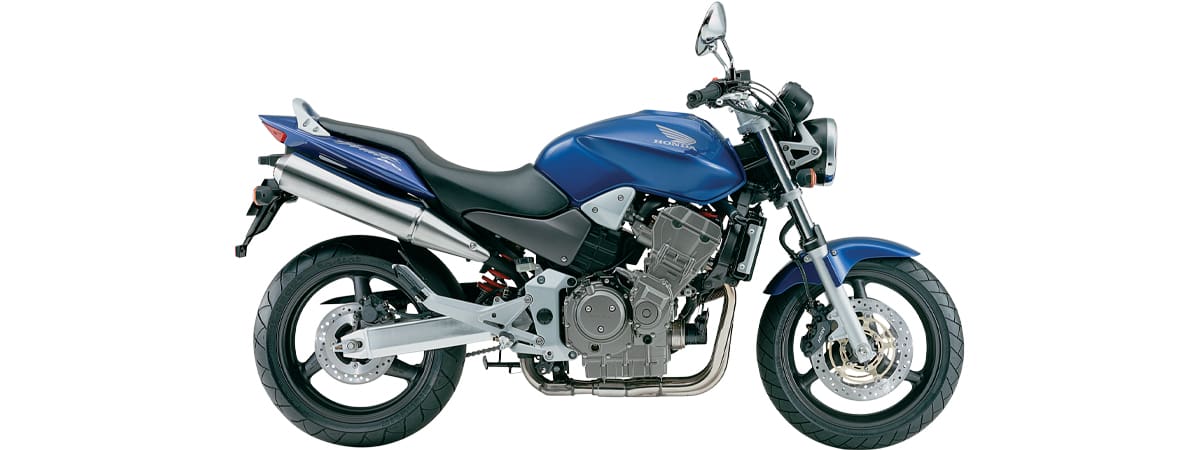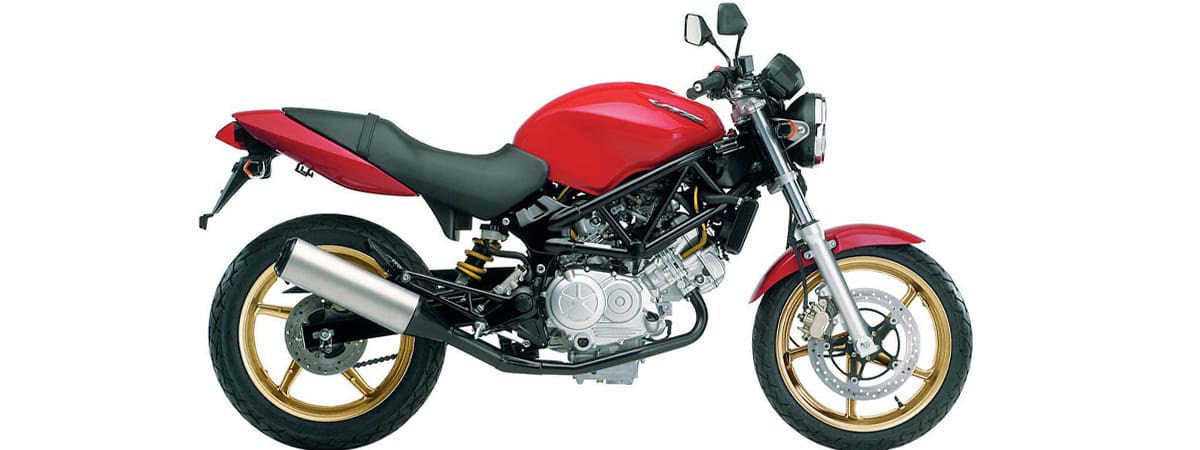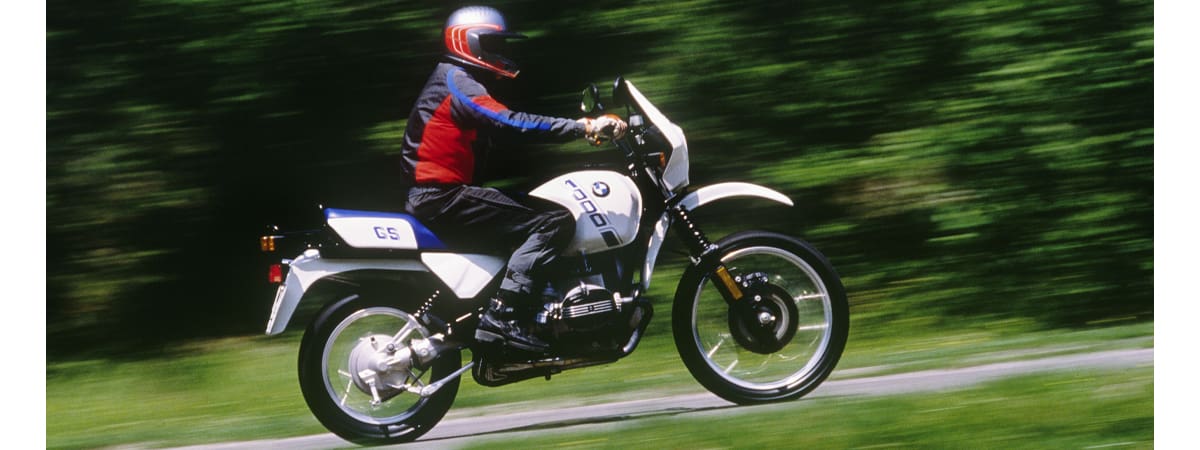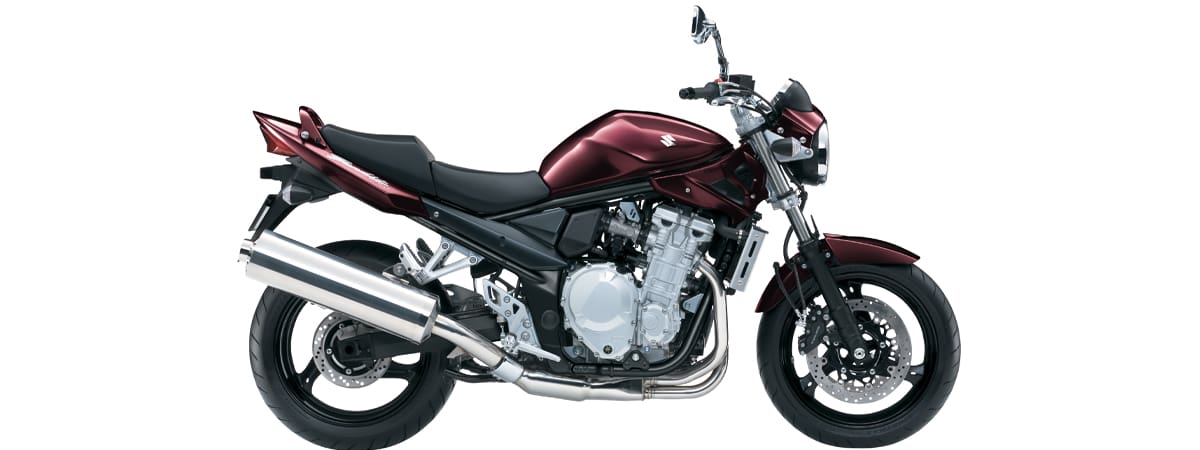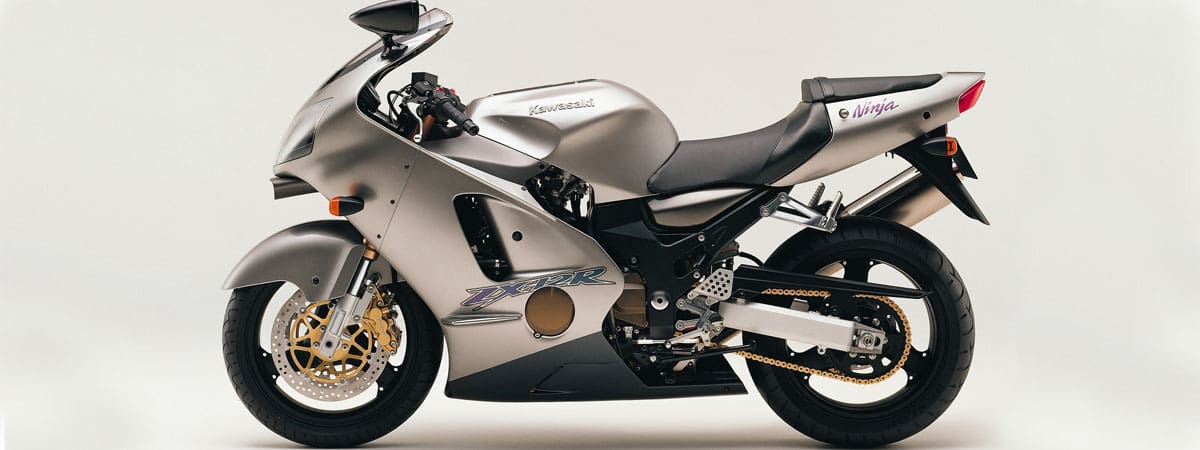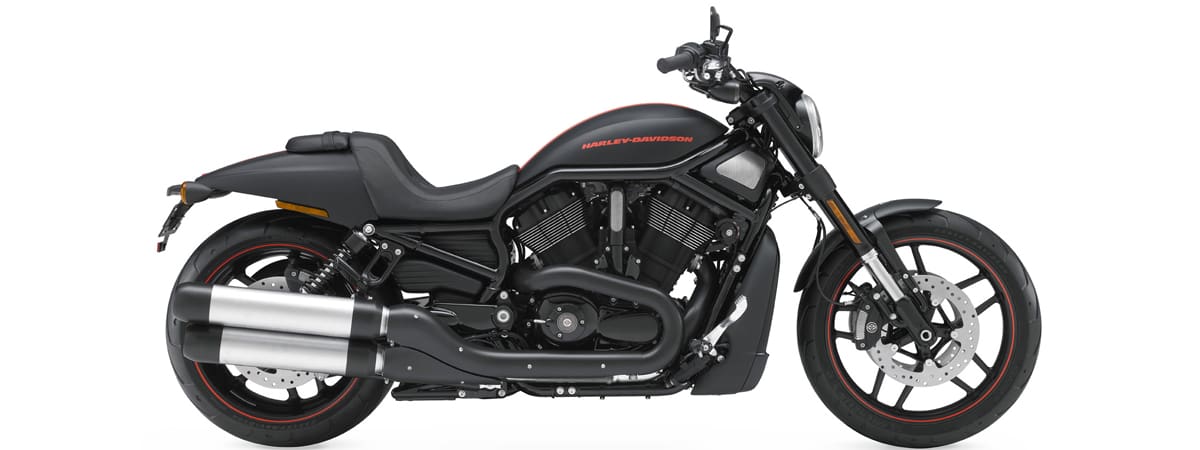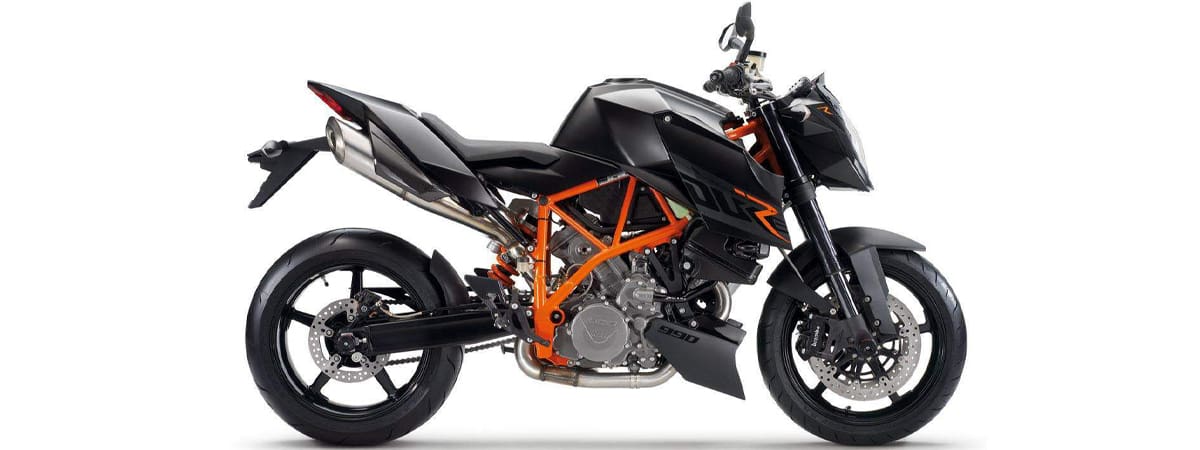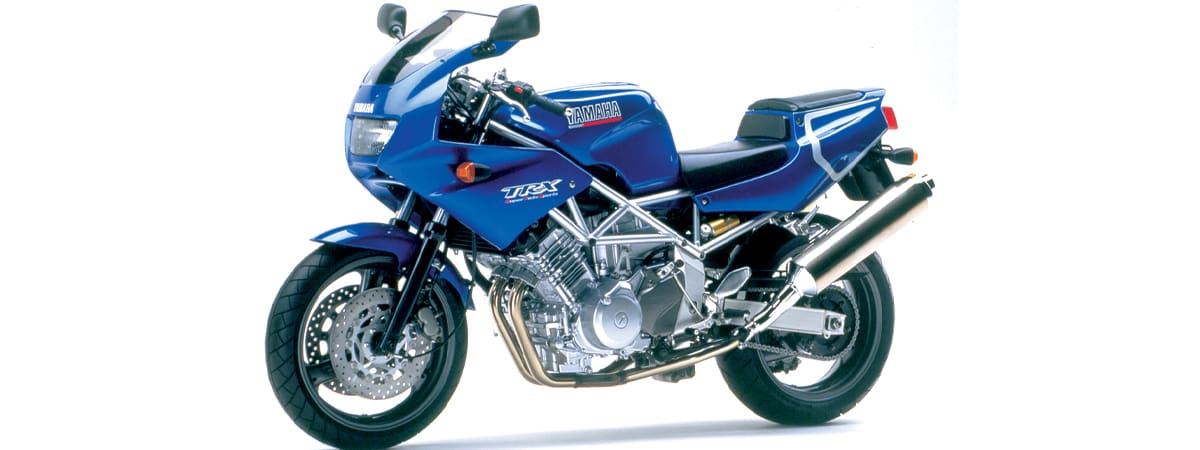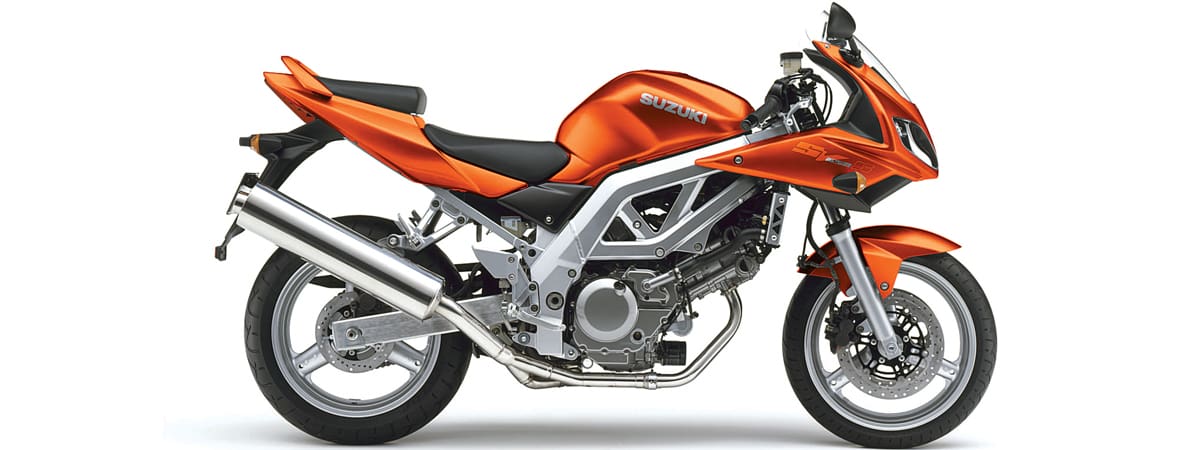Back in 1996, Suzuki rewrote the sportsbike rule book in much the same way they did when the original GSX-R750 was released 11 years previously in 1985. The 1996 GSX-R750 was the result of four years toiling in the sportsbike wilderness with the ungainly and largely unpopular GSX-Rs of 1992-’95, but the 1996 model was a huge step into the modern sportsbike era for the Hamamatsu company, ditching the classic box-shaped GSX-R look that had remained almost unchanged for over a decade.
The new machine also marked the first time Suzuki would enter the world Superbike championship as an official factory team, with the late Australian Kirk McCarthy and Britain’s John Reynolds at the helm.
The new GSX-R was a clean sheet of paper for Suzuki. Nothing was carried over from the 1995 S model, with much of the bike’s geometry closely linked to the company’s 1993 500cc Grand Prix world championship winning machine, the RGV500. The chassis was all new, Suzuki finally ditching the outdated aluminium cradle frame for a twin-spar item that doubled torsional rigidity, as well as being three kilograms lighter.
The new chassis meant completely different dimensions for the bike. The wheelbase was a rather short 1400mm (which was 7mm shorter than the RGV500!) and an amazing 35mm shorter than the 1995 model, while steering rake had decreased by half a degree to 24. Trail was increased by 2mm to 96mm.
Aiding the decreased wheelbase was a heavily braced 5mm shorter swingarm over the 1995 model, while the redesigned engine made it possible for Suzuki engineers to move the steering head and swingarm pivot 30mm closer together. The result was much sharper steering at almost any speed without compromising straight line stability that still impresses today, but you’d want to give the suspension a freshen up at both ends before ripping into the twisties.
Speaking of suspension, the front-end was held up by 43mm inverted Showa forks, with a Showa monoshock taking care of the back-end duties. Both ends were fully adjustable, while the rear ride height could be altered by way of removing the spacer under the rear shock and fitting a kit part from the Suzuki racekit catalogue.
Hauling the GSX-R750T up from speed were Tokico six-piston calipers with ‘staggered pistons’ that gripped now 320mm discs (the outgoing model had 310mm discs fitted). The rear caliper was a twin-piston job while the disc also increased by 20mm to 220mm.
Suzuki faced a challenge when making the new engine for the T model. They hadn’t yet manufactured a twin-spar chassis for the street after the GSX-R range had always used the cradle frame design, which meant that fitting the engine was never a problem. For this bike, Suzuki wanted to dramatically decrease size and weight and a lot of this was to come from the engine, plus the chassis now wrapped itself around the engine rather than over it, making its own share of problems for the designers.
The new engine saw the cam-chain moved from the centre of the engine to the right-hand side, which allowed the two camshaft widths to be decreased and the cylinders to be spaced 5mm closer together via the use of nickel silicon carbide-plated aluminium cylinders (the old model used iron press-in liners), and a closer spacing of the crankshaft journals, which allowed the cylinder-head width to be reduced by 30mm.
Inside the head sat new 29mm inlet and 24mm exhaust valves that sat at an included angle of 29°, and which received their air/fuel mixture from 39mm Mikuni CV carbs.
The 1996 GSX-R750 was also the first true Ram Air machine from the factory. The new system housed two channels either side of the headlight unit that led air into the pressurised airbox under the tank – previous GSX-R air intake snorkels just deposited air in the general vicinity of the airbox without forcing it in there.
The starter motor was moved from the back of the engine to the right hand side of the crankshaft, which did widen the engine slightly, but the overall length of the crankcase was reduced by 15mm, making it easier to achieve the short wheelbase. This was in part achieved by stacking the gearbox shaft and crankshaft in a triangular pattern, as they do today.
The new engine measured 72mm x 46mm bore and stroke and revved 1500rpm higher than the S model to 13,500rpm. The claimed maximum power output was 93kW at 12,000rpm and torque of 80Nm at 10,000rpm.
There were very few machines back in the day that could match the 1996 GSX-R in terms of handling and performance. The 1998 model came with fuel injection and other various upgrades but the 1996 model was more than a match for the Yamaha YZF750 and ZX-7R (it was substantially lighter too), and still represents awesome riding even today.
The low-down
What to
look for
Mechanically the GSX-R750 has always been very strong but paint finish has never been one of its strong points. Regular cleaning doesn’t always help either, as the quality was never very good to begin with.
These bikes are a thrasher’s dream, so have a look for worn steering head races and enquire when was the last time the head bearings were checked or replaced. The bike was also prone to a little surging at around 5500-6000rpm, and a carb service will go a long way to fixing this.
Service intervals
The 1996 Suzuki GSX-R750T was serviced every 6000km. The first service saw a new oil filter and engine oil fitted, the carbs were balanced and the mixture screws adjusted, plus a general checkover, lube and adjust of chain and sprocket, bearings etc. The second service at 12,000km was much the same as the first with the exception of the brake fluid getting replaced. The 18,000km service was the same as the 6000km but the 24,000km service saw the GSX-R750 get new spark plugs, air and oil filter, engine oil, coolant, the valve clearances adjusted and the carbs serviced.



